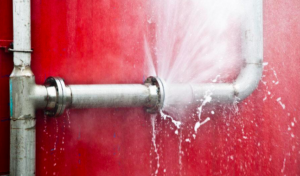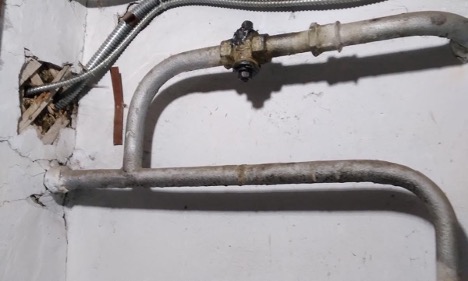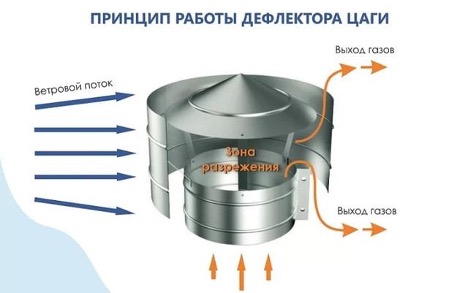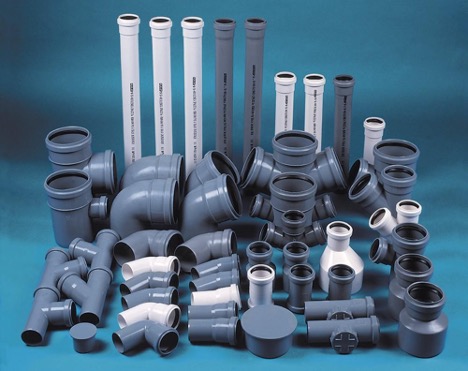Pipe throughput depending on diameter: how to calculate
When designing water supply and heating systems, one of the key parameters is the throughput of the pipe depending on the diameter. This indicator determines how much liquid a pipe can pass per unit of time without reducing pressure and deteriorating the quality of transportation. Understanding how to calculate this capability is critical to ensuring system efficiency and reliability.
The throughput directly depends on the internal diameter of the pipe and the fluid flow rate. Wider pipes can carry more water. But this also increases the cost of the system. Therefore, it is important to find the optimal balance between performance and cost-effectiveness when designing.

What influences the correct pipe capacity:
- Heating system efficiency.
- Stability of water pressure.
- Reduced energy losses.
- Reduced equipment wear.
- Optimization of operating costs.
The content of the article
Throughput Calculation Process
The process of calculating pipe capacity is a key step in the design of water supply and heating systems. There are many variables to consider to make these calculations:
- pipe diameter;
- its length;
- the material from which it is made;
- characteristics of the transported liquid (for example, its viscosity and temperature);
- as well as environmental conditions.
The main purpose of these calculations is to determine how much liquid the pipe can pass in a certain period of time. At the same time, you must maintain the specified pressure and system efficiency.
Calculation of throughput begins with determining the optimal pipe diameter, which depends on the required flow volume. Special formulas and graphics are used. They allow you to take into account all the necessary parameters. It's not just the flow rate. Here you must take into account the pressure loss due to friction in the pipe material. To simplify this task, pre-built tables are often used. They show the capacity of different types of pipes under standard conditions. This allows engineers to quickly find the desired values without lengthy calculations.
However, it is important to understand that the values obtained in this way are approximate. To accurately calculate throughput, it is necessary to take into account the specific operating conditions of the system. You must calculate the following parameters:
- possible temperature changes;
- flow pressure;
- margin of error.
In some cases, additional calculations may be required. It is also necessary to conduct experimental tests to confirm the theoretical data. This integrated approach ensures the creation of reliable and efficient water supply and heating systems. Only they are able to satisfy all user needs.

Using tables for calculations
To simplify the calculation process, engineers and designers often use the table for the capacity of water pipes. These tables provide pre-calculated capacities for various pipe types and sizes, allowing you to quickly determine the appropriate pipe diameter for a particular system.
There are tables for various pipe materials, including polypropylene. The capacity of polypropylene pipes and the capacity of polypropylene pipes table are indispensable tools when designing systems using this modern and popular material.
Practical example: calculation for a 100 mm pipe
Let's consider a practical example of calculating the throughput of a 100 mm pipe for a water supply system. Let's assume that it is necessary to provide a certain amount of water consumption for a residential building, and a pipe with an internal diameter of 100 mm is selected for this purpose.
The first step in the calculation is to determine the required bandwidth. Let's say it is required that the system can provide a water flow at a speed of 0.5 m³/min. Using the formula for calculating the volume flow Q = (π d²/4) v, where Q is the volume flow (m³/s), d is the internal diameter of the pipe (m), and v is the fluid flow velocity (m/s), it is possible to determine the required flow rate to ensure a given flow rate in a pipe with a diameter of 100 mm.
Taking into account that the internal diameter of the pipe is 0.1 m, and converting the volume flow from m³/min to m³/s (0.5 m³/min = 0.00833 m³/s), the required flow rate can be calculated. Substituting known values into the formula, we obtain the flow rate that is necessary to achieve a given volumetric flow rate.
Next, you should check whether the resulting flow rate meets the acceptable speed standards to prevent erosion of the pipelines and ensure efficient operation of the system. If the flow rate is too high, it may be necessary to select a larger diameter pipe to reduce the flow rate and minimize friction losses.
The final stage is to check friction pressure losses in the pipe, which should not exceed permissible values to ensure proper pressure at the most remote points of consumption. For this, special hydraulic tables or software are used to take into account all the factors affecting pressure loss in the system.
Thus, selecting a pipe with a diameter of 100 mm and subsequent calculation of its throughput makes it possible to determine whether this pipe will function effectively in the water supply system, satisfying all flow and pressure requirements.
Conclusion: selection and calculation
Selecting the appropriate pipe diameter and calculating the throughput are key steps in the design of any water supply or heating system. The use of specialized tables and formulas allows engineers to optimize the system, ensuring its reliability, efficiency and cost-effectiveness. Understanding the relationship between pipe diameter and its throughput allows professionals to create systems that last for many years, providing comfort and safety.




